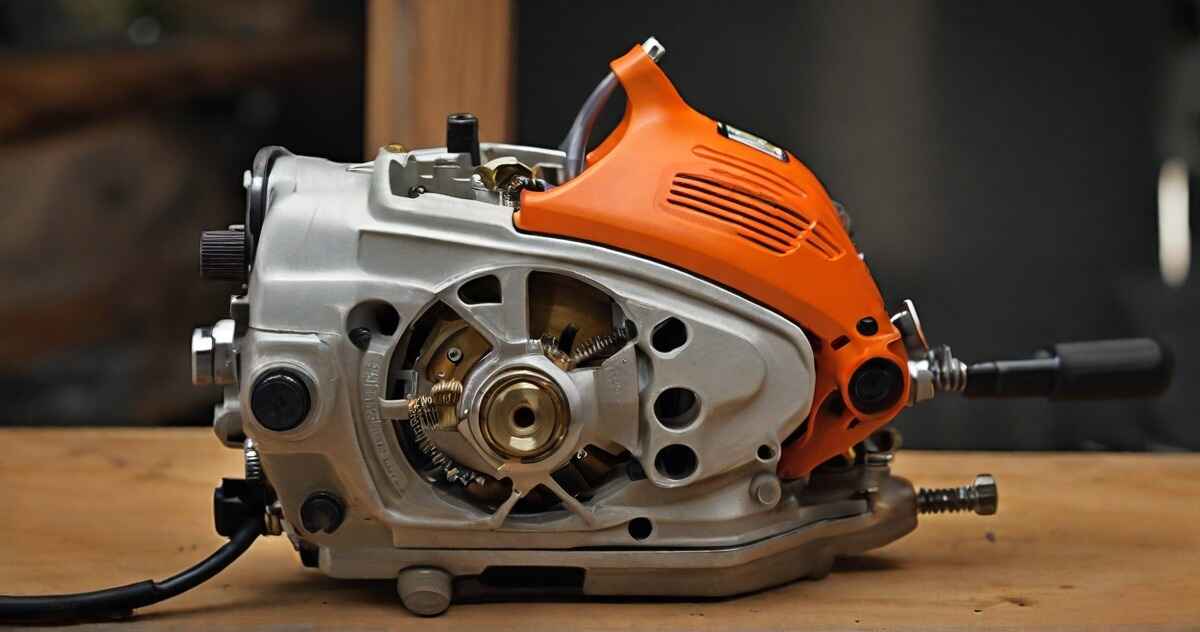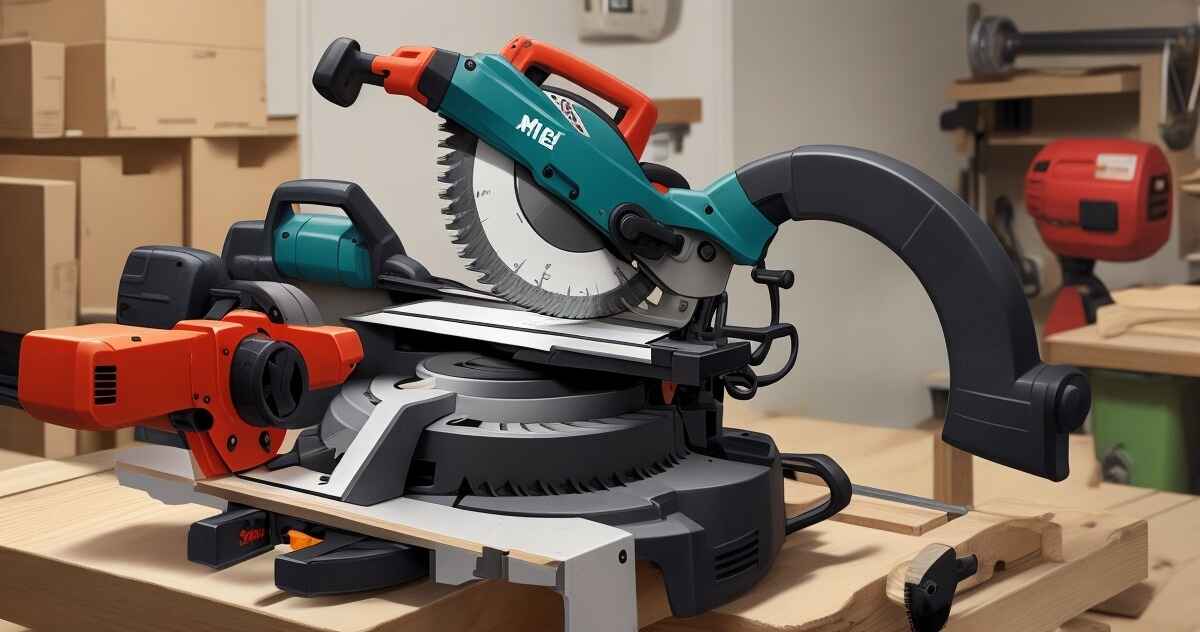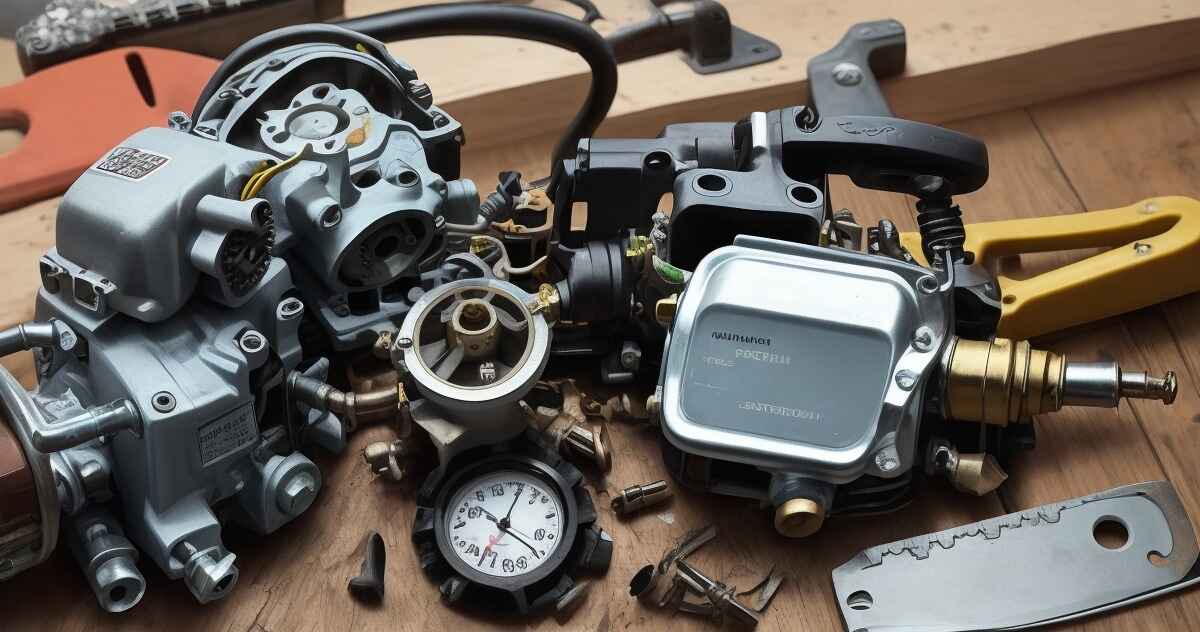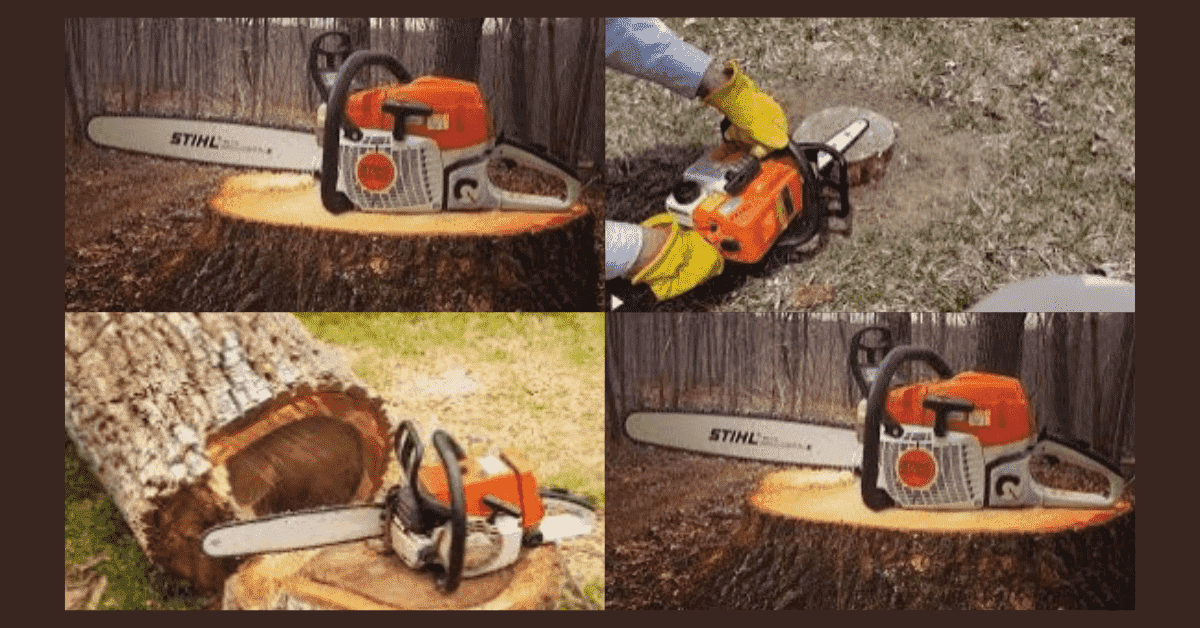Stihl chainsaws are popular among professionals and homeowners alike for their reliability and performance. However, like any other machinery, they require regular maintenance to ensure optimal operation. One crucial aspect of maintaining a Stihl chainsaw is adjusting the carburetor. In this article, we will guide you on how to adjust Stihl chainsaw carburetor, step-by-step. Whether you are a seasoned chainsaw user or a beginner, read on to learn the correct procedure. You can achieve the best performance from your Stihl chainsaw.
Understanding the Carburetor
To optimize the performance of the chainsaw, you need to understand the carburetor. Fuel and air are mixed in the carburetor. It determines the right fuel-to-air ratio. Adjusting the carburetor can improve the chainsaw’s performance. You should do this based on specific conditions like altitude or fuel quality.
Steps On How to Adjust Stihl Chainsaw Carburetor
Step 1: Safety First
As with any maintenance procedure involving power tools, it is essential to prioritize safety. Ensure you have the necessary safety gear, including goggles, gloves, and ear protection. Find a well-ventilated area to work in. Keep the chainsaw turned off throughout the adjustment process.
Step 2: Locate the Adjusting Screws
Stihl chainsaws have adjustment screws for the carburetor. You can usually find these screws on the side of the saw, near the bar and chain. There are three screws: the high-speed screw, low-speed screw, and idle speed screw. To locate these screws, refer to your chainsaw’s manual.
Step 3: Adjusting the Idle Speed
Start by adjusting the idle speed screw. This screw determines the idle RPM (revolutions per minute) of the chainsaw. The throttle is not engaged. Turn the screw clockwise to increase idle RPM and counterclockwise to decrease it. Aim for a smooth idle that keeps the chain stationary without engaging the throttle.
Step 4: Adjusting the Low-Speed Mixture
Now is the time to adjust the low-speed mixture screw. This screw is also known as the idle mixture screw or the low-rpm mixture screw. It controls the air-fuel mixture when the chainsaw is idling or running at low RPMs. Begin by turning the screw completely to the right until it is lightly tightened. Then, turn it to the left by 1.5 to 2.5 turns. Perfect the adjustment by running the chainsaw at idle. Gradually turn the screw either to the right or left until the idling is smooth.
Step 5: Adjusting the High-Speed Mixture
To adjust the high-speed mixture screw, which controls the air-fuel mixture at high RPMs, follow these steps.
1.Turn the screw fully clockwise until lightly seated.
2. Then turn it counterclockwise by 1.5 turns.
3. With the chainsaw in a cutting position, throttle up to full speed.
4. Listen to the engine sound.
5. Slowly turn the screw counterclockwise.
6. Continue turning until you achieve peak RPM and smooth saw operation.
7. Be cautious not to set the mixture too lean, as it can damage the engine.
Step 6: Test and Fine-Tune
Once you’ve made the initial adjustments, it’s important to test how well the chainsaw performs. Begin by making a test cut and pay attention to how fast the chain moves and how the engine reacts. If the chainsaw doesn’t have enough power or seems to slow down, you might need to make the fuel mixture richer. Try turning the high-speed mixture screw a little bit counterclockwise. If the chainsaw sounds too rich or produces too much smoke, make small adjustments in the opposite direction.
Step 7: Regular Maintenance and Rechecking
You should know that adjusting the carburetor is not a one-time thing. You might have to readjust the carburetor settings as time goes on. This is because the environment and fuel quality can change. Make sure to regularly maintain and inspect the carburetor and other parts of your Stihl chainsaw. Doing this will help it perform better and last longer.
Troubleshooting: Signs of a Poorly Adjusted Carburetor and Solutions
A poorly adjusted carburetor can show signs in various ways. It affects the overall performance of your Stihl chainsaw. Here are common issues and troubleshooting tips:
Difficult Starting:
- If your chainsaw is hard to start, it may indicate a carburetor adjustment issue. Troubleshoot by checking the fuel mixture. Ensure the spark plug is in good condition. Additionally, verify that the choke is operating correctly during startup.
Poor Acceleration:
- If your vehicle has trouble accelerating, it may mean the fuel mixture is too lean. To fix this, turn the high-speed mixture screw slightly counterclockwise. This makes the mixture richer. Be careful not to overdo it. Having a mixture that’s too rich can cause other problems.
Engine Stalls:
- Engine stalls during operation may be due to an incorrect low-speed mixture. Adjust the low-speed mixture screw in small increments. Test the chainsaw’s performance at idle and low RPMs. Ensure the air filter is clean and not causing fuel starvation.
Excessive Smoke from the Exhaust:
- Excessive smoke, especially a bluish tint, can indicate an overly rich fuel mixture. Adjust the high-speed mixture screw slightly clockwise to lean out the mixture. It’s crucial to find the right balance to prevent both power loss and engine damage.
Inconsistent Idle:
- If the chainsaw’s idle is not stable, you should go back and adjust the idle speed screw. This will help you achieve a smooth and steady idle without having to use the throttle. Also, make sure to check for any air leaks around the carburetor or intake system.
Loss of Power:
- Loss of cutting power may result from a mixture that is too lean. Adjust the high-speed mixture screw to enrich the fuel mixture. Be attentive to the engine’s sound and exhaust emissions. Optimal power is achieved with a balanced fuel-to-air ratio.
Know More “How to Adjust Stihl Chainsaw Carburetor” And Become Like A Pro
Advanced Adjustments for Experienced Users:
Experienced users may choose to fine-tune their Stihl chainsaw’s performance. They can make advanced adjustments beyond the basic carburetor settings. These adjustments offer additional control for optimizing performance in specific conditions. However, it’s crucial to approach these advanced adjustments with caution and precision. Making drastic changes without a solid understanding of the engine’s dynamics can lead to performance issues or potential damage.
1. Air Screw Adjustment:
Experienced users can explore the air screw. The air screw is also called the idle air screw or pilot screw. This adjustment lets you control how much air goes into the carburetor when it’s idle. Turning the air screw to the right usually reduces air, while turning it to the left increases air. This adjustment can affect how fast the engine runs when it’s idle and how quickly it responds.
Caution: Make small changes and closely watch how the chainsaw is working. This will help you prevent doing too much or causing harm.
2. Altitude Adjustments:
If you use a chainsaw at different altitudes, adjust the carburetor. The air density changes with altitude. Look in the chainsaw manual for the right adjustments. They will help you achieve the best performance at different altitudes. You can also ask a professional.
Note: Altitude adjustments are crucial for maintaining consistent performance in different environmental conditions.
3. Fuel Quality Considerations:
Experienced users can make small changes to improve the fuel-to-air ratio. They make these changes based on the fuel’s quality. However, it’s important to avoid making big changes. Keep an eye on the chainsaw’s performance regularly to make sure it’s working well.
Caution: Be careful not to stray too far from the recommended fuel mixtures. Always prioritize optimal performance instead of making experimental adjustments.
FAQs About How to Adjust Stihl Chainsaw Carburetor
Stihl chainsaw carburetor adjustment: how often?
It is advisable to check and adjust the carburetor settings at least once a year. Check and adjust the settings whenever you notice a decrease in performance.
Can I adjust the carburetor without professional help?
You can adjust the carburetor yourself. Follow the procedure in your chainsaw’s manual. But if you are unsure or uncomfortable, it is best to ask a professional for help.
What are the signs of a poorly adjusted carburetor?
Signs of a poorly adjusted carburetor include difficult starting, poor acceleration, engine stalls, and excessive smoke from the exhaust.
Can I use any fuel for my Stihl chainsaw?
Use lead-free gasoline. Mix it with Stihl-approved two-stroke engine oil. Using the right fuel mixture is important for your chainsaw to work well and last a long time.
How do I know if the carburetor adjustment is correct?
A well-adjusted carburetor makes the chainsaw idle smoothly and accelerate quickly. It also helps the chainsaw produce clean exhaust and maximum cutting power. Test the chainsaw regularly to make sure the settings are right.
Finally
Knowing “How to Adjust Stihl Chainsaw Carburetor” is crucial aspect of maintenance that directly affects its overall performance. Follow the procedure outlined in this article. It will help you achieve the best fuel-to-air ratio for your chainsaw. Regularly check and adjust the carburetor settings to adapt to changing conditions. Prioritize safety at all times while making adjustments.




